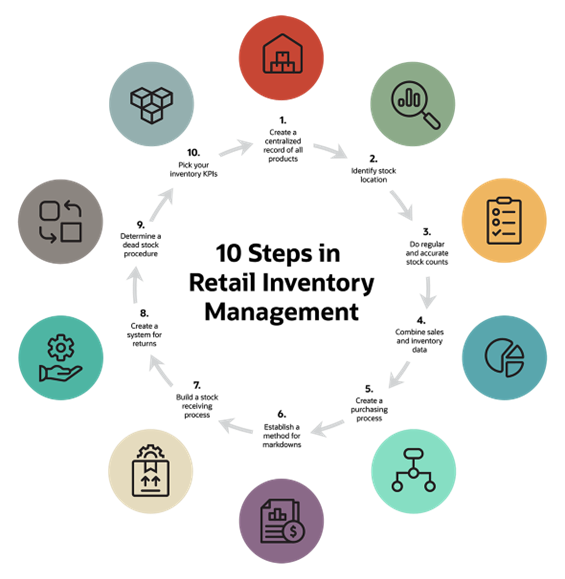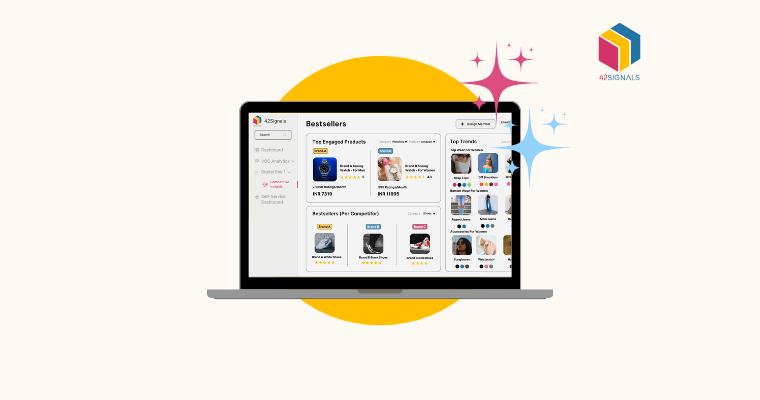In the ever-evolving e-commerce landscape, staying one step ahead isn’t just about innovation; it’s about keeping pace. Many businesses focus intently on their internal metrics and customer feedback, often overlooking a critical source of strategic insights: their competitors.
Harnessing the power of e-commerce insights tools isn’t just about introspection; it’s about understanding the broader market dynamics. From pricing strategies to technological innovations, there’s much to glean from observing those who share the market space with you. In this article, we’ll dive deep into six crucial aspects where turning a blind eye to your competitors could be a missed opportunity for growth.
Understanding Market Movements: The Pricing Paradigm
You’re selling a fantastic new product, but for some reason, it’s not flying off the virtual shelves. You dig a little deeper and find out a competitor is selling a similar item just a tad cheaper. This small difference can make a big impact on customer choices. That’s the power of pricing in the e-commerce world.

Prices online change all the time, based on many factors like demand, what competitors are doing, or special sale events. If you’re not watching these price changes, you might either price your items too high or too low and lose out on profits.
Take the Black Friday sale for example. Almost every online store offers discounts. If you knew exactly what your competitors were offering, you could tweak your deals just a bit to stand out and attract more customers.
The takeaway? In online selling, knowing your competitor’s prices can be a game-changer. It helps you set the right price and offer better deals to your customers. And the key to unlocking this competitive edge? Utilizing competitor monitoring tools. These tools provide a clear lens into the pricing strategies of your competitors, ensuring you’re always a step ahead in the pricing game.
Inventory Intelligence: Decoding Stocking Strategies from Competitors

Ever noticed a competitor frequently running out of stock for a specific product? That’s not just a cue for market demand, but also an opportunity for you. By tapping into e-commerce insights, you can gauge which products are hot in demand and ensure your inventory is always ready to meet that demand. Additionally, identifying products that competitors overstock can help you avoid pitfalls and streamline your own inventory.
Spotting Product Trends: What Top-Sellers Can Reveal
Every product that tops the sales chart has a story. Whether it’s a seasonal trend, a viral marketing campaign, or a genuine market need, top sellers give you a peek into customer preferences. Competitor monitoring tools can provide detailed analytics on which products are flying off your competitor’s virtual shelves. Aligning your product offerings with these insights can help you introduce new products or tweak marketing strategies for existing ones.
Marketing Mastery: Deciphering Competitor Campaigns
If your competitor’s latest marketing campaign had them trending or increased their sales manifold, it’s worth understanding what they did right. With e-commerce insights, you can dissect their marketing strategies – from email campaigns to social media buzz. Did they use influencer marketing? Was there a catchy slogan that went viral? By analyzing these campaigns, you can derive lessons for your own brand, ensuring your marketing dollars are always well-spent.
Staying Ahead of the Tech Curve: Noticing Competitor Innovations
Today’s e-commerce market is as much about user experience as it is about products. If a competitor integrates a novel feature like AR try-ons or AI chatbots, it signifies the evolving market expectations. Regularly monitoring competitors’ tech innovations ensures you’re not playing catch-up. Using insights tools can alert you to such changes, helping your platform deliver a state-of-the-art shopping experience.
Navigating the bustling lanes of e-commerce isn’t just about showcasing a great product; it’s about understanding the intricacies of the market and consistently evolving.
In Summary
By leveraging competitor monitoring tools, brands can decipher competitor strategies, from inventory management to technological innovations, ensuring they’re always a step ahead. Whether it’s capitalizing on trending products, crafting impactful marketing campaigns, or enhancing customer experiences, insights from the competition serve as a lighthouse, guiding businesses towards sustained growth and success. In the digital marketplace, those who observe, adapt, and innovate based on these insights are the ones who truly thrive. Get in touch with us at sales@42signals.com for e-commerce insights.
Frequently Asked Questions
What is competition monitoring?
Competition monitoring refers to the process of keeping track of your business rivals’ activities, strategies, strengths, and weaknesses to gain a competitive advantage. This involves regularly analyzing their marketing campaigns, product offerings, pricing strategies, customer service approaches, and overall performance in the market. By closely watching your competitors, you can identify trends, anticipate changes, and adjust your strategy accordingly.
What are the 4 competitor analysis?
The four components of a thorough competitor analysis typically include:
- Market Position Analysis: Understanding your competitors’ market share, brand recognition, and overall reputation among customers.
- Product and Service Comparison: Evaluating the quality, price point, and differentiation of your competitors’ offerings versus your own.
- SWOT Analysis: Identifying your competitors’ Strengths, Weaknesses, Opportunities, and Threats about your business.
- Strategic Planning: Using the insights gained from the first three components to inform your strategic planning, such as identifying gaps in the market, developing new product ideas, and optimizing your marketing efforts.
What are the three C’s in competitive analysis?
The three C’s in competitive analysis refer to Customers, Competitors, and Company. These factors are critical elements to consider when evaluating the competitive landscape of an industry.
- Customers: Understanding the needs, preferences, and pain points of your target customers is essential to creating a value proposition that resonates with them. By studying your competitors’ customer segments, you can identify areas where there may be overlap or opportunity to differentiate yourself.
- Competitors: Assessing your direct and indirect competitors is crucial to understanding the strengths and weaknesses of their products, services, and marketing strategies. This information can help you determine where you fit within the market and how best to position yourself against other players.
- Company: Evaluating your own internal capabilities, resources, and limitations is necessary to develop a realistic competitive strategy. This includes assessing your financial health, operational efficiency, and organizational culture.




